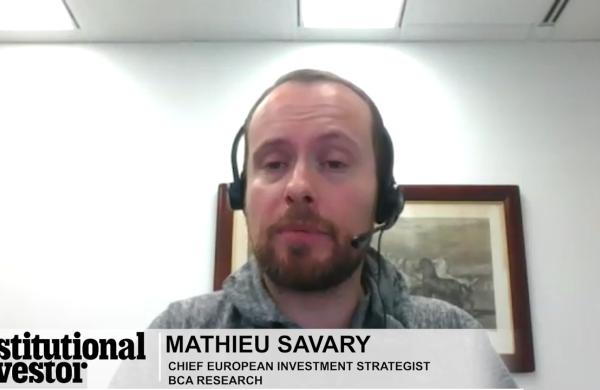Technology has made individual investors nearly equal to institutional traders in their ability to buy or sell shares online in reaction to market-moving news. Yet until three months ago, visitors to such popular Internet destinations as Yahoo! Finance and Google Finance — money managers, speculators and spectators alike — were shortchanged in a rather significant way: The stock quotes on those sites were up to 20 minutes old.
Those delays, eons in relation to the millisecond reaction times of automated trading systems, are at least temporarily a thing of the past. With the Securities and Exchange Commission’s blessing, the New York Stock Exchange and Nasdaq Stock Market have made their real-time price feeds available to Internet portals for trial periods of four and six months, respectively. But the exchanges, ever protective of their lucrative market data businesses, are intent on getting paid for this improvement.
That’s why it took so long for real-time quotes to be widely available online. The exchanges wanted to preserve the service as a privilege for paying customers. The NYSE and Nasdaq are hardly the first commercial enterprises to try to bring an off-line pricing model online, or to charge for services that in the opinion of the Internet population ought to be free. Nor might the exchanges be the first to have a hard time making their prices stick.
They have some hope, because they are taking a wholesaler approach. Each is charging Web site operators like Google and CNBC as much as $100,000 a month, and those organizations will absorb the costs rather than pass them on to consumers. But the exchanges are also encountering competition. Electronic communications network BATS Trading, in addition to cutting into the major exchanges’ market shares, is offering its quotes free to all comers. Yahoo! and AOL have taken BATS up on that.
“We don’t think people should have to pay for it, period,” says Randy Williams, vice president of sales and communications for Kansas City, Missouri–based BATS. He adds that BATS, which next month expects to convert from ECN to exchange status after receiving SEC approval on August 18, is in talks with more than a dozen Internet companies to take its price feeds. These currently include a “top of book” feature that shows the most recent bids and asks. “When you give something away for free, it’s easy to find takers,” notes Williams.
But stock quotes on Yahoo! Finance pages carry a disclaimer that indicates where the bigger NYSE and Nasdaq liquidity pools can claim an advantage: “Each real-time ECN quote is from BATS Trading and does not necessarily represent the top bids or asks in the marketplace.” Is that a difference worth paying for?
All these quote providers agree that the consumer shouldn’t have to pay, but BATS chief executive officer Joe Ratterman frames the issue almost as a public service. “The exchanges are charging too much, and we believe the retail public should be able to view this data,” Ratterman says. “There is a desire for this information beyond our expectations, and we expect more sites to come to us for it.”
Both Nasdaq, which was the first to deliver real-time “last sale” quotes via free Internet sites on June 2, and the NYSE, which followed later in the month, were champing at the bit to launch, having applied for SEC approval early last year to allow the general public to receive free quotes. “Our proposal provides for a fair and reasonable economic incentive to the exchange to produce this data,” says Ronald Jordan, executive vice president of market data at NYSE, which announced Google and CNBC as its initial customers.
“It is really important to recognize market transparency,” says Adena Friedman, executive vice president of corporate strategy at Nasdaq OMX, whose first real-time clients included CNBC and Google along with its own Nasdaq.com and Dow Jones & Co.–owned MarketWatch.com and WSJ.com. On these sites as well as on Yahoo! and AOL, there is no longer a lag between news headlines and the stock prices that may be affected by them. “A broad cross-section of retail customers obviously want to make sure they have access to the best information available,” says Friedman.
R.J. Pittman, Google’s director of product management, says: “The ultimate challenge is delivering this real-time information with minimal latency, or delay. We are very pleased with our results so far.” He adds that “the user experience and market analysis available with real-time information are quite compelling,” and a vast improvement over 20-minute-old data. “When the markets get volatile,” he says, “investors become more attentive and proactive, and [delays] can have a significant impact on a portfolio.”





